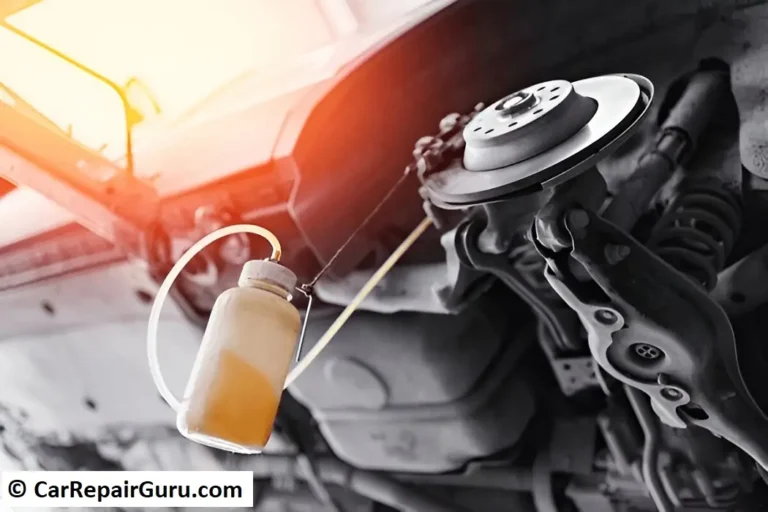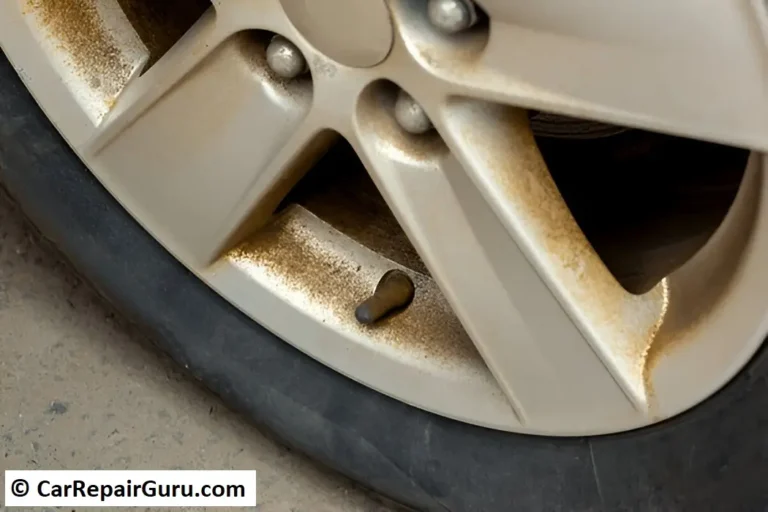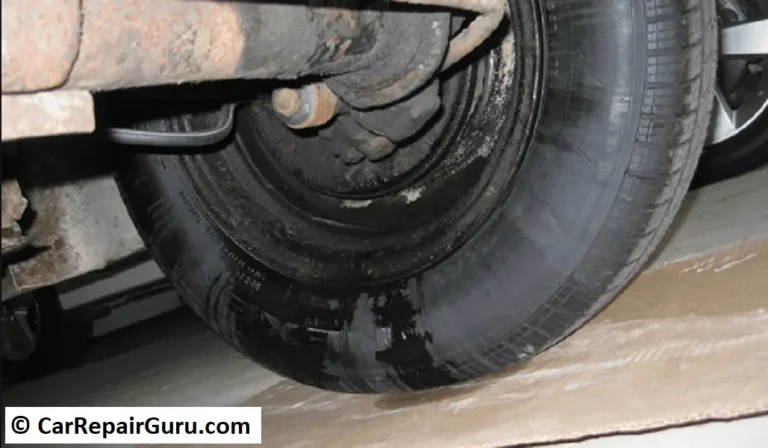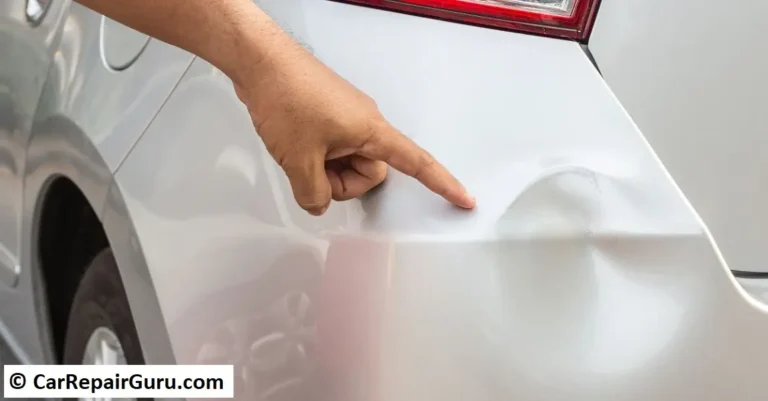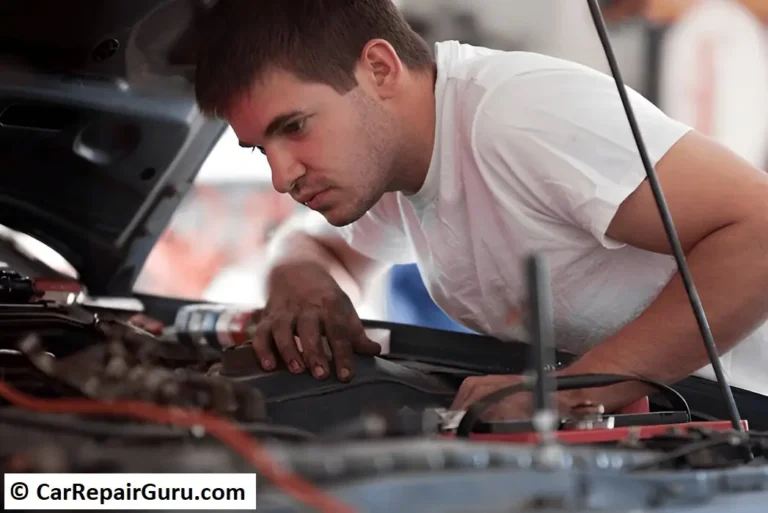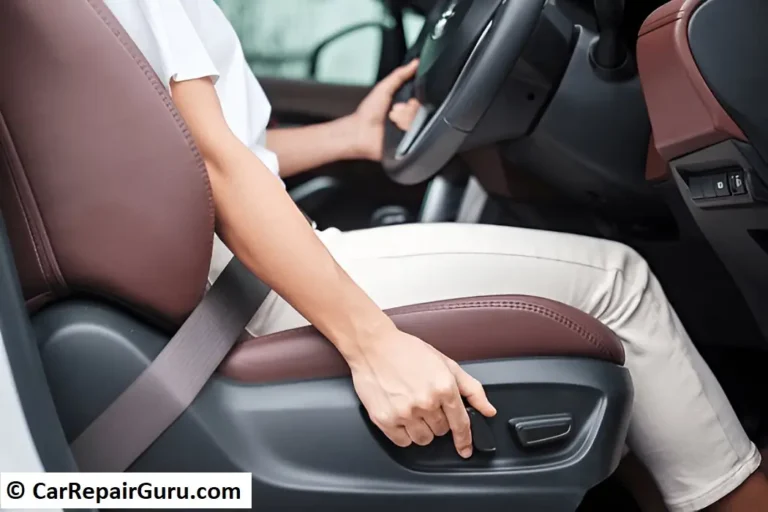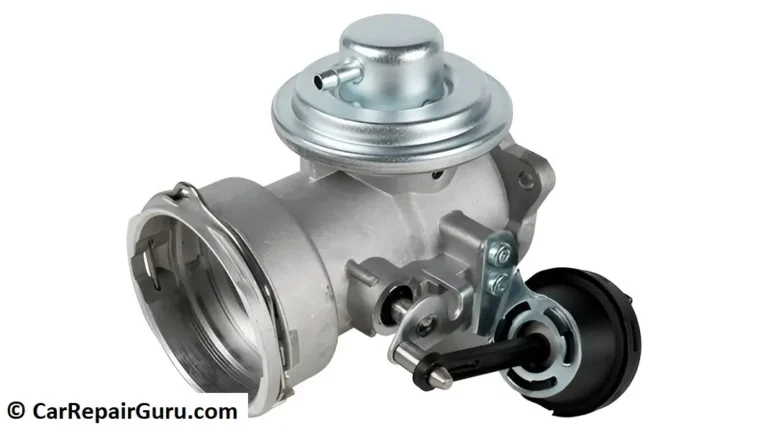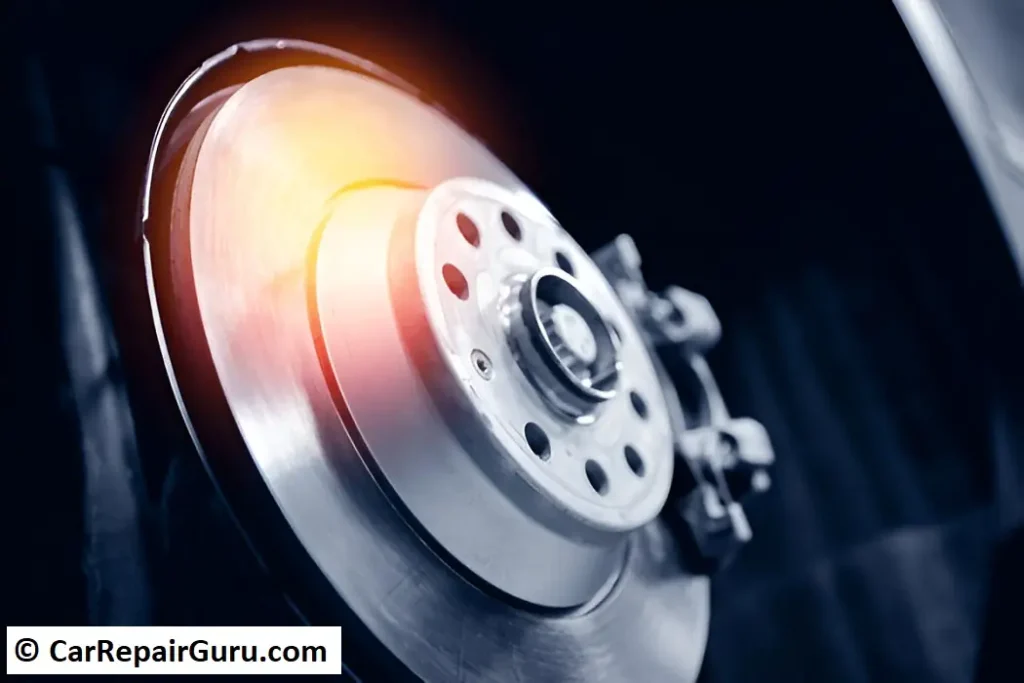
When it comes to vehicle safety, few components are as crucial as the braking system. Disc brakes have become the industry standard for modern cars, motorcycles, and even bicycles due to their efficiency and reliability. Unlike older drum brakes, which rely on enclosed friction, disc brakes use an exposed rotor, caliper, and brake pads to slow the vehicle with greater precision.
The main advantage of disc brakes is their superior stopping power, even in harsh weather conditions. They dissipate heat more effectively, reducing brake fade and ensuring consistent performance. This is why they are widely used in performance and heavy-duty vehicles.
Whether you’re a car enthusiast or someone looking to understand how your vehicle works, knowing the basics of disc brakes can help you make informed maintenance decisions. In this guide, we’ll explore how disc brakes work, their key components, different types, advantages, and essential maintenance tips.
How Disc Brakes Work
Disc brakes function by transforming kinetic energy into heat through friction, allowing a vehicle to slow down or come to a complete stop. This process involves three key components: the brake calipers, brake pads, and rotors (brake discs).
The Braking Mechanism
When you press the brake pedal, hydraulic fluid transmits force to the calipers, which then squeeze the brake pads against the spinning rotor. The friction generated between the pads and the rotor slows the wheel, converting the vehicle’s motion (kinetic energy) into heat.
Since disc brakes are exposed to air, they dissipate heat more efficiently than enclosed drum brakes. This reduces brake fade—a loss of braking power due to overheating—making them ideal for high-performance vehicles, motorcycles, and heavy-duty trucks.
Comparison with Other Braking Systems
- Disc Brakes vs. Drum Brakes:
- Disc brakes provide better heat dissipation, improved stopping power, and more consistent performance in wet conditions.
- Drum brakes, while more cost-effective, tend to overheat faster and are more prone to brake fade.
- Disc Brakes vs. Regenerative Braking (EVs & Hybrids):
- Disc brakes rely solely on mechanical friction.
- Regenerative braking converts kinetic energy back into electricity, reducing wear on disc brakes but still requiring them for stronger stopping power.
By offering reliable, efficient braking, disc brakes play a critical role in vehicle safety. Their widespread use across cars, motorcycles, and bicycles highlights their effectiveness, making them a preferred choice for modern braking systems.
Key Components of Disc Brakes
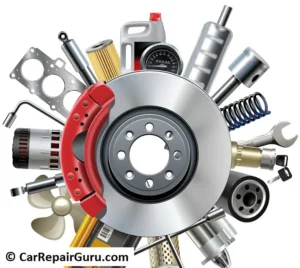
Disc brakes rely on three primary components: brake pads, rotors (brake discs), and calipers. Each part plays a crucial role in stopping a vehicle efficiently and safely.
Brake Pads
Brake pads are the contact point between the caliper and the rotor, creating friction to slow the vehicle. They come in various materials, each with its own performance benefits:
- Ceramic Pads: Known for durability, quiet operation, and low dust production, these pads are ideal for daily driving but are more expensive.
- Semi-Metallic Pads: Made from a blend of metal fibers, these pads offer excellent heat dissipation and braking power, making them suitable for performance and heavy-duty vehicles.
- Organic Pads: Typically composed of rubber, glass, and resins, these are softer and quieter but wear out faster and produce more dust.
Importance:
The right brake pads ensure smooth braking, reduce wear on the rotors, and improve overall safety. Worn-out pads can reduce stopping power and damage the rotor, leading to costly repairs.
Rotors (Brake Discs)
Rotors are metal discs connected to the wheel hub, and they spin along with the wheel. When the caliper clamps the pads onto the rotor, friction slows the vehicle. Different rotor designs affect braking performance:
- Vented Rotors: Have internal channels that improve heat dissipation, reducing brake fade. Common in daily vehicles.
- Slotted Rotors: Feature grooves that help remove debris and water, improving performance in wet or off-road conditions.
- Drilled Rotors: Have holes for better heat and gas dissipation, often used in high-performance or racing vehicles.
Materials & Design Considerations:
Most rotors are made of cast iron, carbon-ceramic, or stainless steel. Carbon-ceramic rotors, though expensive, offer superior heat resistance and longevity, making them ideal for sports cars and high-performance applications.
Calipers
The caliper houses the brake pads and is responsible for squeezing them against the rotor when the brakes are applied. There are two main types:
- Floating (Sliding) Calipers: Move side to side, pressing the brake pad from one side while allowing the other pad to make contact with the rotor. They are cost-effective and used in most passenger vehicles.
- Fixed Calipers: Have pistons on both sides, providing even pressure on both brake pads. These offer better braking performance but are more expensive and complex to maintain.
Final Thoughts
Each of these components plays a crucial role in ensuring reliable braking. Proper maintenance of pads, rotors, and calipers enhances safety, extends component lifespan, and optimizes braking efficiency.
Types of Disc Brakes
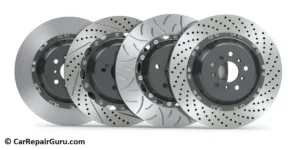
Disc brakes come in several designs, each tailored for specific driving conditions and performance needs. The main types include vented, slotted, drilled, and wave-type disc brakes.
Vented Disc Brakes
Design and Benefits
Vented rotors have an internal cooling channel that allows air to pass through, helping to dissipate heat more effectively than solid rotors. This reduces the risk of brake fade, a condition where overheating decreases braking efficiency.
Advantages:
✅ Improved heat dissipation.
✅ Enhanced durability, making them ideal for high-performance and heavy vehicles.
✅ Reduced risk of warping under high temperatures.
Vented rotors are commonly found in passenger cars, trucks, and performance vehicles where sustained braking generates significant heat.
Slotted Disc Brakes
Purpose of Slots and Performance Impact
Slotted rotors feature shallow grooves across the braking surface. These slots help remove water, debris, and gases that can build up between the pad and rotor, ensuring more consistent contact.
Advantages:
✅ Improved braking in wet and off-road conditions.
✅ Better pad bite and stopping power.
✅ Reduced risk of brake glazing (when pads overheat and lose effectiveness).
Potential Drawback: Faster wear on brake pads due to increased friction. Slotted rotors are popular in performance and off-road vehicles.
Drilled Disc Brakes
Advantages and Potential Drawbacks
Drilled rotors have holes drilled through them to improve cooling and reduce weight. They are often used in sports cars and motorcycles to enhance high-speed braking.
Advantages:
✅ Excellent heat and water dissipation.
✅ Lighter than solid or vented rotors, improving handling.
Drawbacks:
❌ Increased risk of cracking under extreme stress.
❌ Not ideal for heavy-duty or track use.
Wave-Type Disc Brakes
Unique Features and Applications
Wave rotors have an irregular, wavy outer edge. This reduces weight and improves heat dissipation, making them a common choice for motorcycles and high-performance bicycles.
Advantages:
✅ Faster cooling due to increased airflow.
✅ Lighter weight enhances acceleration and handling.
Final Thoughts
Choosing the right type of disc brake depends on driving conditions, performance needs, and durability requirements.
Advantages of Disc Brakes
Disc brakes have become the preferred braking system in modern vehicles due to their superior performance, reliability, and efficiency. Compared to traditional drum brakes, they offer several key advantages that improve safety and driving experience.
1. Superior Stopping Power
Disc brakes provide stronger and more immediate braking force, allowing vehicles to stop more quickly and safely. The open design ensures that brake pads apply direct pressure to the rotor, resulting in better grip and shorter stopping distances. This is particularly beneficial in emergency braking situations.
2. Consistent Performance in Various Conditions
Whether driving in wet, dry, hot, or cold conditions, disc brakes maintain their effectiveness. Unlike drum brakes, which can trap water and lose braking efficiency in rainy weather, disc brakes shed water quickly, ensuring reliable performance.
3. Enhanced Heat Dissipation
One of the biggest advantages of disc brakes is their ability to dissipate heat effectively. The open rotor design allows air to circulate, preventing excessive heat buildup. This reduces the risk of overheating, which can lead to brake fade—a loss of braking power due to extreme temperatures.
4. Reduced Brake Fade
Brake fade occurs when excessive heat causes brake pads and rotors to lose friction, making it harder to stop the vehicle. Since disc brakes cool down faster than drum brakes, they provide consistent braking power, even under heavy loads or continuous braking, such as during downhill driving.
5. Lower Maintenance Requirements
Disc brakes require less frequent maintenance compared to drum brakes. They are easier to inspect, as the components are exposed, and they wear out more evenly, reducing the need for frequent replacements. Additionally, modern disc brake pads last longer and generate less dust, keeping the braking system cleaner.
Final Thoughts
With better stopping power, durability, and lower maintenance costs, disc brakes offer a significant safety advantage, making them the preferred choice for modern vehicles.
Maintenance Tips for Disc Brakes
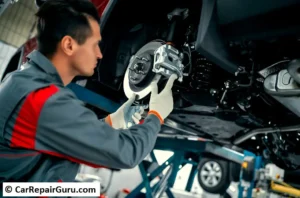
Proper maintenance of disc brakes ensures optimal performance, safety, and longevity. Regular inspections and timely replacements can prevent costly repairs and enhance braking efficiency.
1. Regular Inspection Routines
To keep your disc brakes in top condition, perform these routine checks:
- Visual Inspection: Look for signs of excessive wear on brake pads and rotors.
- Brake Fluid Check: Ensure the brake fluid is at the proper level and free of contamination.
- Listen for Noises: Squealing, grinding, or clicking sounds can indicate worn-out brake pads or damaged rotors.
- Feel for Vibrations: If you experience shaking or pulsing in the brake pedal, it may be due to warped rotors.
2. Signs of Wear and When to Replace Components
- Brake Pads: Replace them if the thickness is less than 3mm. Worn-out pads can damage the rotor and reduce braking efficiency.
- Rotors: If you notice deep grooves, cracks, or a significant reduction in thickness, it’s time for a replacement.
- Brake Fluid: Change the fluid every 1-2 years to maintain braking responsiveness and prevent corrosion.
3. Best Practices for Prolonging Brake Life
- Avoid Hard Braking: Gradual braking reduces excessive wear on pads and rotors.
- Downshift When Possible: In manual vehicles, using engine braking can reduce strain on the brakes.
- Keep the System Clean: Remove dirt and debris from calipers and rotors to prevent uneven wear.
- Use Quality Parts: Invest in high-quality brake pads and rotors for better durability and performance.
Final Thoughts
Regular maintenance ensures safe, reliable braking, extending the life of your disc brakes while enhancing overall driving safety.
Conclusion
Disc brakes play a crucial role in vehicle safety and performance, offering superior stopping power, consistent braking in all conditions, efficient heat dissipation, and reduced brake fade. Their advanced design makes them the preferred choice in modern vehicles, from everyday passenger cars to high-performance sports cars and motorcycles.
Regular maintenance is key to ensuring that disc brakes continue to function effectively. Routine inspections, timely replacement of worn components, and proper driving habits can significantly extend the lifespan of your braking system. Ignoring brake issues can lead to reduced stopping power, increased wear on other components, and potential safety hazards on the road.
Prioritizing brake maintenance is not just about prolonging the life of your vehicle’s braking system—it’s about ensuring your safety and the safety of others on the road. Stay proactive, follow best practices, and enjoy the peace of mind that comes with a well-maintained braking system.
FAQ about Disc Brakes
What are the main components of a disc brake system?
Disc brake systems consist of brake pads, rotors, and calipers. The brake pads create friction with the rotors to slow the vehicle, and the calipers apply pressure to engage the braking system.
How often should disc brakes be inspected?
Disc brakes should be inspected every 12,000 miles or once a year, whichever comes first. More frequent inspections may be necessary if driving in demanding conditions.
What are the signs that disc brakes need replacement?
Signs include squeaking or grinding noises, reduced braking efficiency, pulsating brake pedal, or longer stopping distances, all of which indicate worn components.
Can I replace disc brake components myself?
If you have mechanical experience, you may replace the components yourself, but it’s often safer to consult a professional to ensure proper installation and performance.
What is brake fade, and how can it be prevented?
Brake fade is the loss of braking power due to overheating. It can be prevented by using high-quality brake components, avoiding excessive braking, and allowing brakes to cool down.
Regular maintenance of your disc brakes ensures safe and efficient braking performance.
